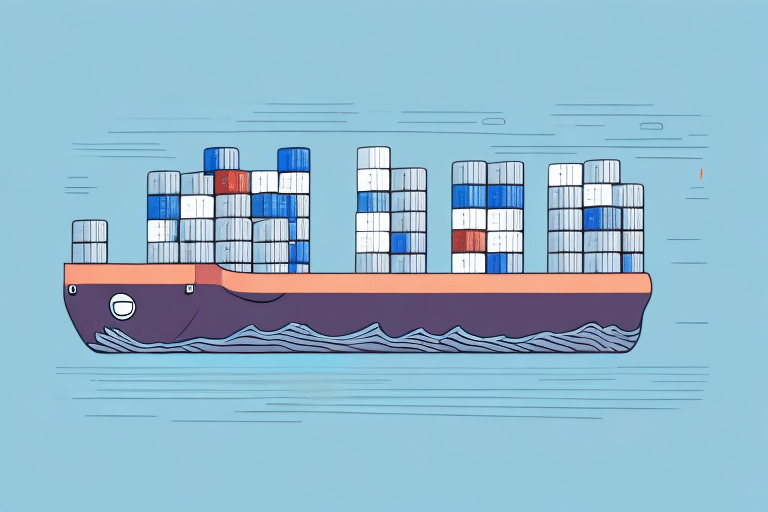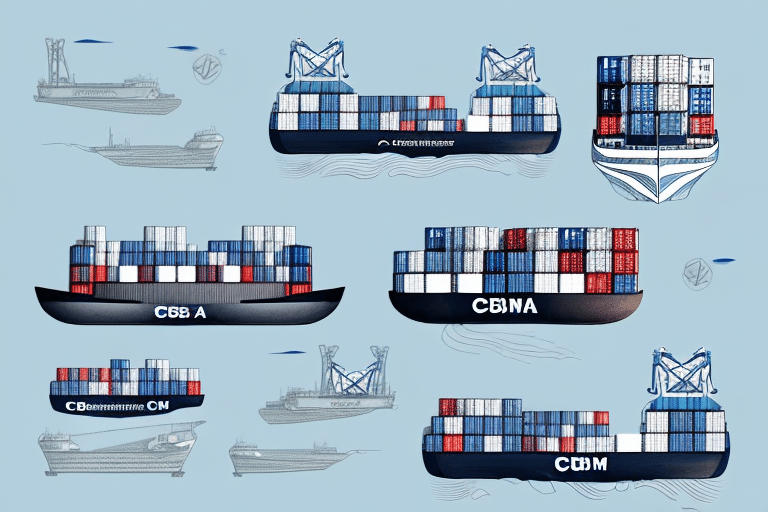Understanding CBM and Its Impact on Shipping Costs
When involved in shipping products for importing or exporting, CBM (Cubic Meter) is a crucial metric to understand. It quantifies the volume of your cargo, influencing shipping costs and overall logistics efficiency. Accurate CBM calculations help determine the space your goods will occupy in containers or vessels, directly affecting freight charges.
While CBM is a primary factor in determining shipping costs, other elements like destination, transportation mode, and additional services such as insurance and customs clearance also play significant roles. Shipping companies may offer discounts for frequent shippers or specific cargo types, making it essential to consider all factors for comprehensive cost estimation.
Importance of Accurate CBM Calculations
Precise CBM calculations are vital for businesses that regularly ship products. Miscalculations can result in:
- Increased Costs: Overpaying for unused space or incurring additional charges due to underestimated volume.
- Delays: Inefficient space allocation can lead to shipment delays.
- Damaged Goods: Poorly calculated space might cause improper handling and damage.
Ensuring accurate measurements helps optimize cargo placement, reduce unnecessary expenses, and maintain an efficient supply chain.
Methods for Calculating Freight CBM
There are several approaches to calculating CBM, each suitable for different types of cargo:
- Multiplication Method: Simple calculation using Length × Width × Height.
- Cubic Meter Calculators: Online tools that provide accurate CBM based on input dimensions.
- Measuring Tools: Using measuring tapes or rulers for precise dimensions.
- Weighing Equipment: Utilizing weighbridges or load cells to assess cargo weight, aiding in volume estimation.
For irregularly shaped items, consider dividing the cargo into smaller, rectangular sections and calculating each section's CBM separately.
Tips for Accurate CBM Measurement and Estimation
To ensure precise CBM calculations, follow these best practices:
- Accurate Measurements: Measure all dimensions meticulously to avoid discrepancies.
- Consistent Units: Use consistent measurement units (e.g., centimeters or inches) throughout the calculation.
- Consider Packaging: Account for packaging materials that may add to the overall volume.
- Adjust for Irregular Shapes: Use mathematical approximations for irregularly shaped items to estimate their volume accurately.
Implementing these tips minimizes errors and ensures that you pay only for the space your cargo occupies.
Converting CBM to Weight and Vice Versa
Understanding the relationship between CBM and weight is essential for comprehensive shipping cost analysis. The conversion depends on cargo density, calculated as follows:
- CBM to Weight: CBM × Cargo Density × Conversion Factor
- Weight to CBM: Weight ÷ (Cargo Density × Conversion Factor)
For example, with a CBM of 10 and a cargo density of 500 kg/m³, the weight would be:
10 CBM × 500 kg/m³ × 1 = 5,000 kg
Accurate conversions facilitate better decision-making regarding shipping modes and cost optimization.
Factors Influencing Freight CBM and Shipping Rates
Several elements affect CBM calculations and subsequently influence shipping rates:
- Type of Goods: Heavier or bulkier items generally incur higher shipping rates.
- Transportation Mode: Sea freight is typically more cost-effective for large volumes, while air freight is faster but more expensive.
- Distance: Greater distances increase shipping costs due to higher resource and time requirements.
- Destination Regulations: Different countries impose varying tariffs, taxes, and regulations impacting costs.
- Volume of Shipment: Larger volumes may qualify for bulk discounts.
Understanding these factors helps in accurate cost estimation and selecting the most economical shipping options.
Leveraging Technology for Efficient CBM Management
Advancements in technology have streamlined CBM calculations and freight management:
- Online CBM Calculators: Provide quick and accurate volume estimations.
- IoT and Big Data: Enhance supply chain visibility and optimize shipping processes.
- Cloud-Based Systems: Facilitate real-time tracking of freight capacity and inventory levels.
- Custom Software: Integrates CBM calculations with transit time estimates and cost analysis.
Implementing these technologies can lead to significant cost savings and improved supply chain efficiency.
Best Practices for Managing Freight CBM in Your Supply Chain
Effective CBM management is essential for optimizing your supply chain. Adopt the following practices:
- Accurate Measurement: Regularly train staff to measure and estimate CBM correctly.
- Optimal Packaging: Use packaging that maximizes space utilization.
- Logistics Software: Utilize systems that track shipments and provide real-time data.
- Regular Reviews: Periodically reassess CBM calculations to ensure ongoing accuracy.
- Partner with Experts: Collaborate with reliable freight forwarders for expert guidance and optimized logistics operations.
Adhering to these best practices ensures efficient CBM management, cost reduction, and a more streamlined supply chain.
Conclusion: The Critical Role of CBM in Freight Management
CBM is a fundamental metric in the freight and shipping industry, directly influencing shipping costs and supply chain efficiency. Accurate CBM calculations enable businesses to optimize space utilization, reduce costs, and negotiate better rates with carriers. By implementing best practices, avoiding common mistakes, and leveraging modern technologies, companies can enhance their freight management processes. Partnering with experienced freight forwarders further ensures that CBM calculations and logistics operations are handled with expertise, contributing to a more efficient and cost-effective shipping strategy.








